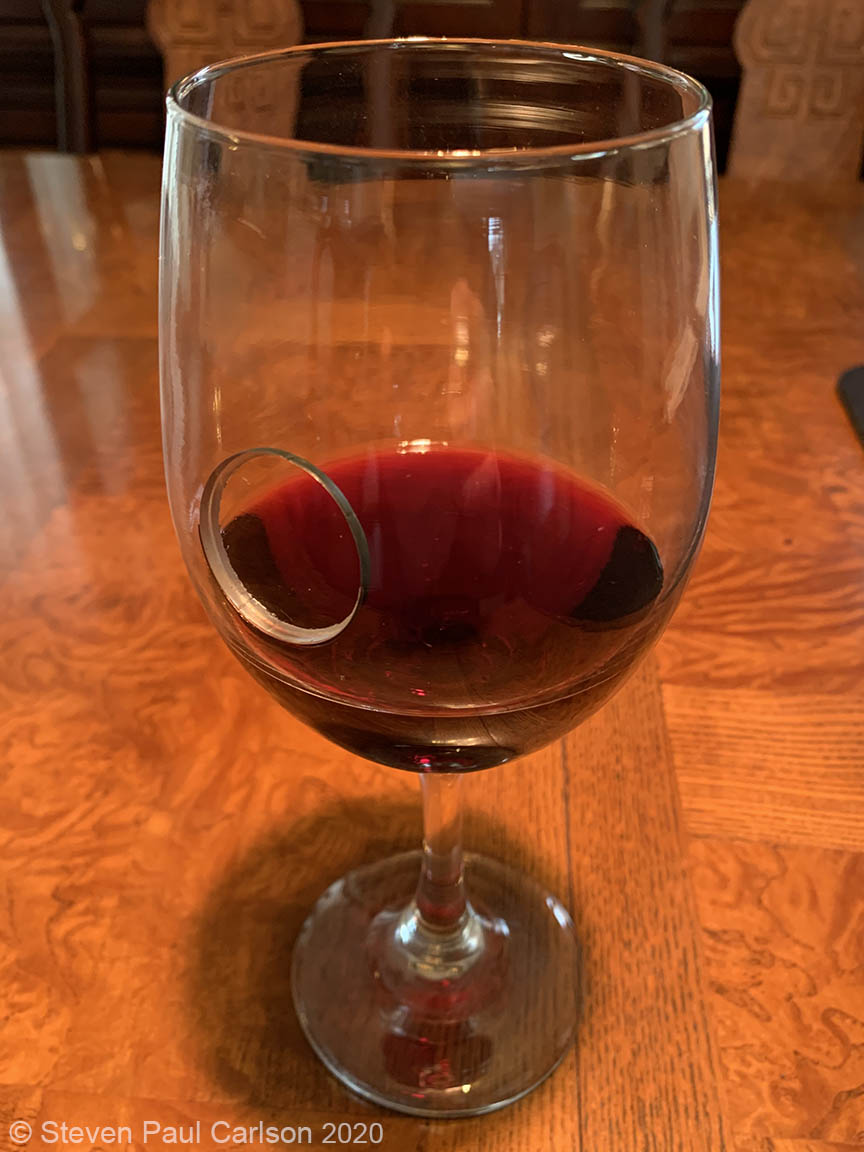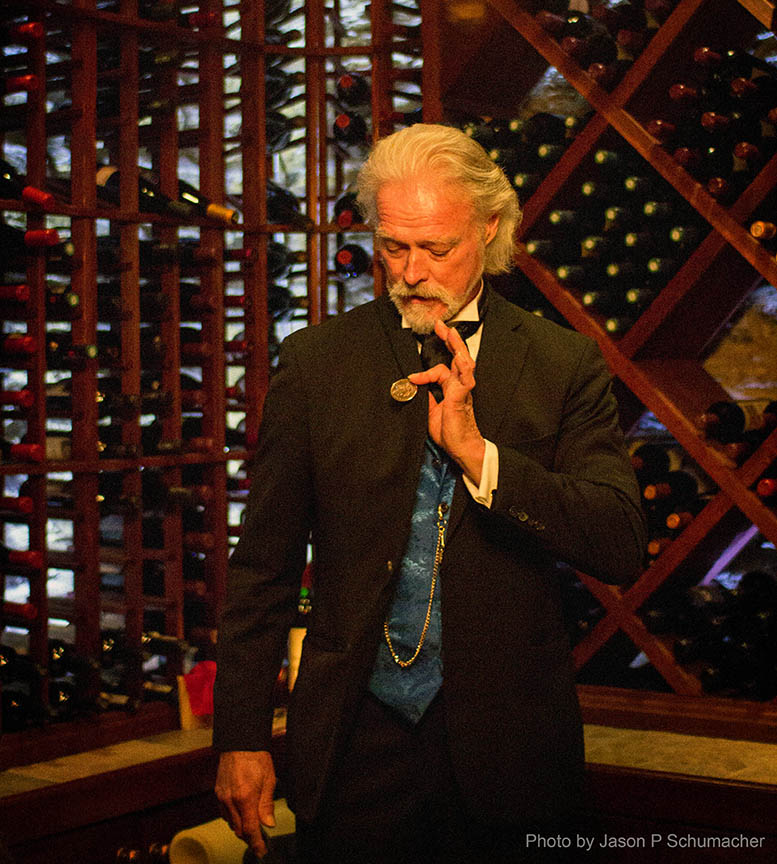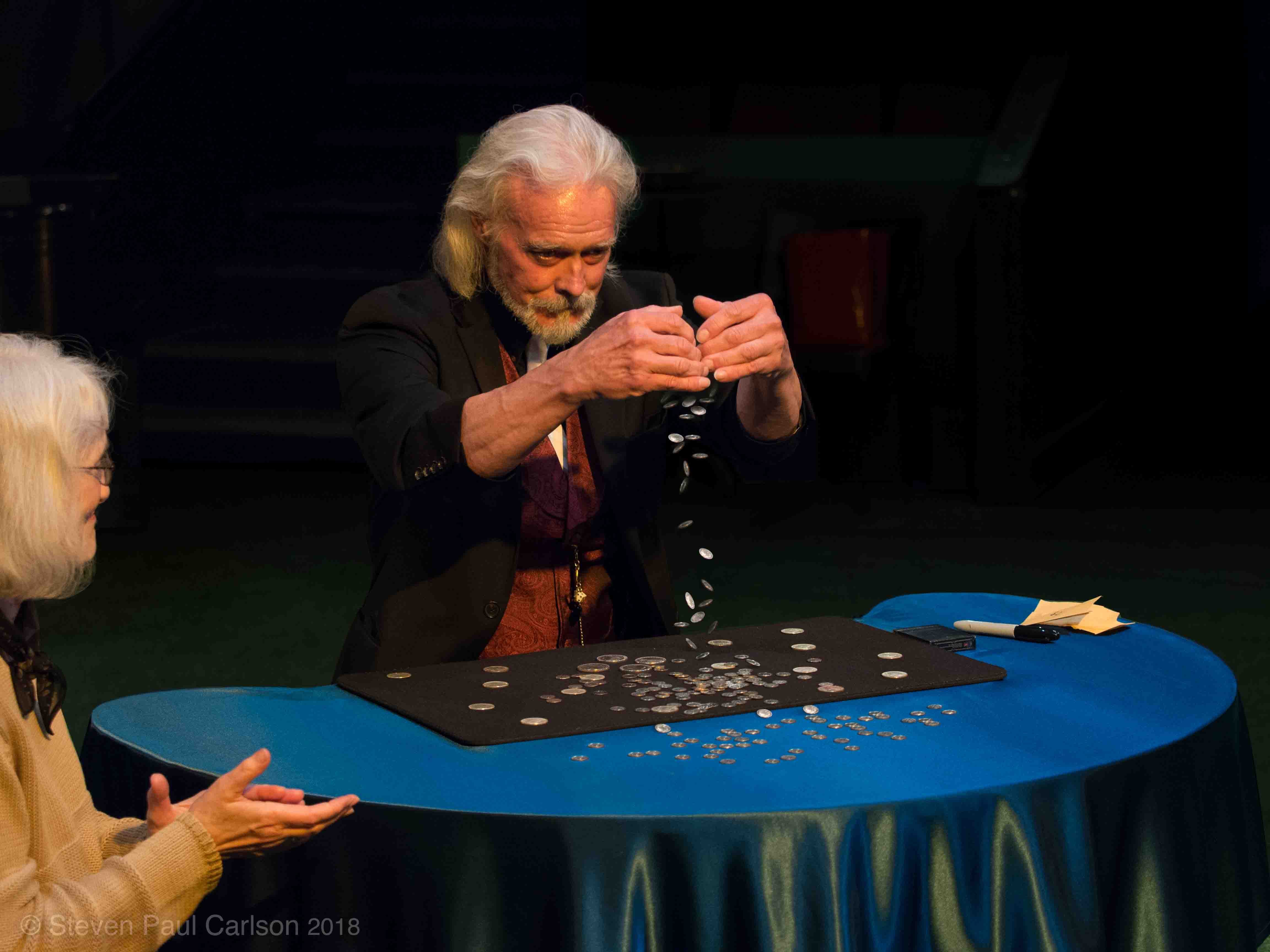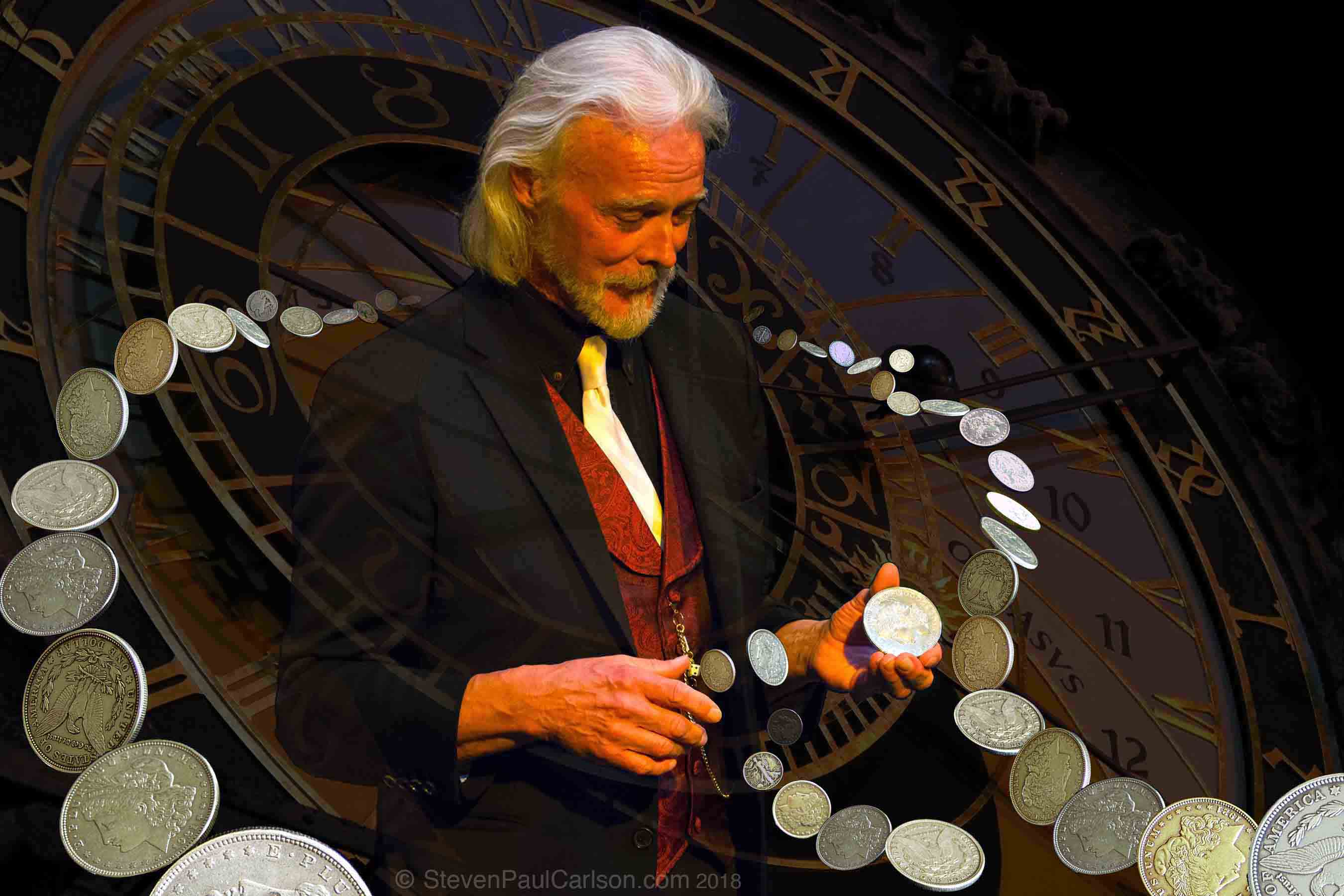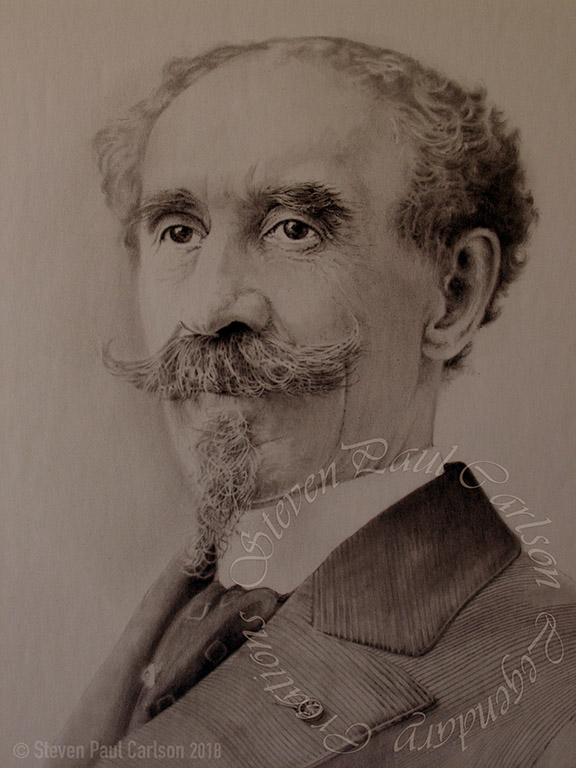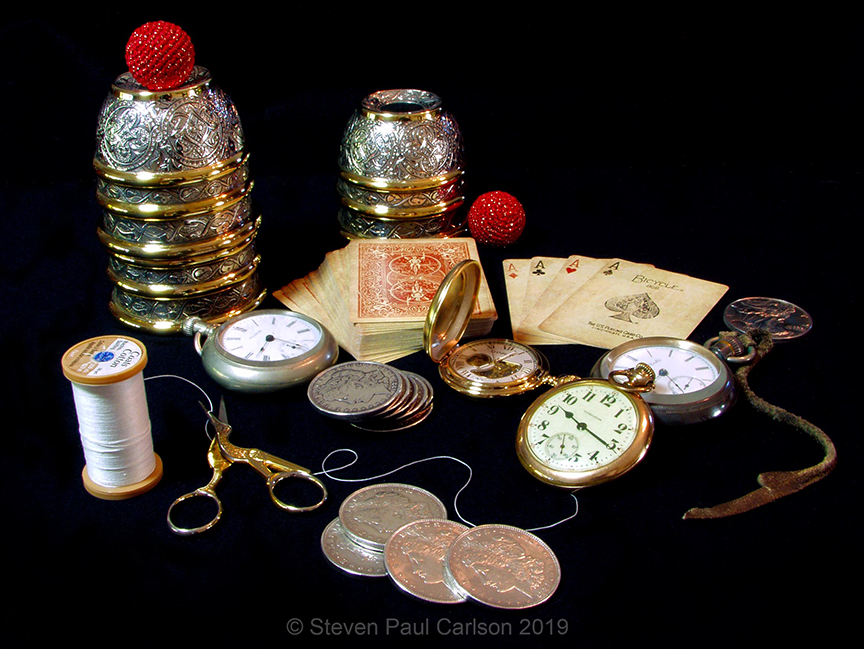
THE THREE GREATEST TRICKS IN MAGIC
© Steven Paul Carlson 2019
What are the three greatest tricks in magic?
That was the question posted by a magic acquaintance of mine.
It’s an intriguing question and I will say a tricky one to answer as well 😦 sorry about the pun! After 50+ years of professional magic experience my hope here is to submit a response that is both informative and interesting to all readers not just magicians.
The question was: What are the three greatest tricks in magic? I will, at the same time, take into consideration the three greatest effects in magic.
What is the difference?
In magic the effect is what the trick is all about. For example, in a trick where a coin disappears from the magician’s hand the effect is a vanish. A single trick usually has many different methods that create that one effect.
Often times this magical effect appeals to a basic human desire or need. It is this affect on the emotions that creates the powerful impact of magical effect.
Counting down from # 3
3. Producing money from nowhere (The Misers Dream)
In the Miser’s Dream trick the magician shows his hands empty, his sleeves are rolled back. He then proceeds to pluck silver dollars out of thin air and drops them into a top hat or a wine bucket. This occurs as many times as the magician wishes. Often he will walk into the audience and pull coins off people’s clothing. The coins are seen and heard dropping into the hat or bucket. For a finale the magician may produce a shower of coins from both hands.
This was a very popular trick in the 19th and early 20th century. Today the value of a dollar coin has diminished greatly. However, in 1897 when T. Nelson Downs performed his Miser’s Dream on the Vaudeville stage the purchasing power of a silver dollar was approximately $30. The average workman made $5 to $15. a week. So when the magician plucked a silver dollar out of the air it was big money! That ability would truly be the dream of any member of the audience!
As a magician I am often asked, “Can you turn a $1 into a $100?” That is one of those common, silly questions spectators like to ask magicians. The question does, however, reveal something valuable about how the audience’s mind thinks; if you really could do magic wouldn’t you just magically make money appear?
The Miser’s Dream earns its place in the three greatest magic tricks because it appeals to this basic human dream, the ability to produce money out of nowhere!
3. The Floating Bill, is tied for third
In the floating bill trick, paper currency is borrowed from the audience. The magician lays the bill upon his empty hands and gently crumbles it into a ball. The paper ball, lying upon the magician’s open palm, begins to rise up out of his hand. The magician waves his other hand over and under the floating ball to show nothing is attached to it. The magician now gracefully waves both hands around the ball floating in mid air. The magician then secures the bill between his fingers, unfolds it and hands it back to the spectator.
Gravity, without doubt is the first natural law or force of nature we become aware of… often with painful lessons. As a result witnessing something float, unaided in space, is truly an impossible phenomenon. Because gravity is one of life’s most powerful realities a levitation will always be disarming and stunning to behold.
In magic we of course refer to this effect as a levitation or anti gravity.
The Floating Bill earns its place in the top magical tricks of all time because it dramatically defies a fundamental force of nature. And it does so with a borrowed object, performed at a close up range, under any conditions. It is truly impossible.
Additional note: In a list of the three greatest stage magic tricks the levitation of a person would probably rank number 1 or 2.
2. The Cut & Restored Thread (Gypsy Thread)
In the Gypsy Thread trick, a 3’ length of common sewing thread is cut into 10 to 12 pieces. The pieces of thread, without ever leaving your sight, are instantly restored to their original undamaged condition. In magic the effect is referred to as a restoration.
In life we are constantly faced with disorder and destruction. Life itself is chaotic. And people, by nature, are compelled to find meaning and to bring order and restoration to this chaotic life.
Quite often the plot of a magic trick (especially card magic) is creating order and restoration out of chaos.
This is where the Gypsy Thread trick is so powerful. Life all around us is vulnerable and fragile. The Gypsy Thread trick earns its place in the top three magic greats because it visually addresses that deep human desire… the ability to restore something that has been damaged or destroyed; to bring restoration and healing to chaos and destruction.
1. The Cups & Balls
Standing at number one is the ancient classic… The Cups & Balls.
The unique quality to the Cups & Balls trick is that it covers many different magical effects; the balls appear, vanish, penetrate and move mysteriously from cup to cup or hand to cup. The Cups and Balls grande finale always produce astonishing final productions under the cups, like large balls or fruit and vegetables, objects that barely fit into the cups. I personally produce a cup filled with loose pennies.
One famous magician referred to the Cups and Balls as “the ground work of all legerdemain.”
Throughout ancient history many societies and cultures have created their own unique versions of the Cup or Bowl and Ball effect. India, China and Japan all independently created their own unique versions. First century Romans called the Cups and Balls, “Acetabula et Calculi”, the vinegar cups and the pebbles.
The first written explanation of the Cups and Balls trick appeared in 1584 in a book called, “The Discovery of Witchcraft.”
The Cups & Balls is certainly the oldest and most popular effect in the magician’s repertoire. At the same time it is also the most exposed magic trick. Every beginner magic set comes with the familiar plastic blue, yellow and red cups and the three little yellow pom pom balls.
There was even a humorous attempt to “expose” this great classic on national TV using clear plastic cups.
In spite of all this, or maybe because of all this, the Cups & Balls have stood up to the hard test of time and remains a true classic in magic. To this day the Cups & Balls continues to amaze and mystify audiences. And, like the Phoenix, it arises from its ancient ashes to recreate itself for new generations in a new world of advancing technology.
The Cups and Balls earns the top position in the greatest magic tricks of all time because this magic classic enables us to experience a true sense of wonder and mystery. A moment when nothing is impossible. We are reminded that we, as human beings, not only want magic in our lives we need it. Even if it is only an illusion.
© Steven Paul Carlson 2019
______________________________



